Filter by
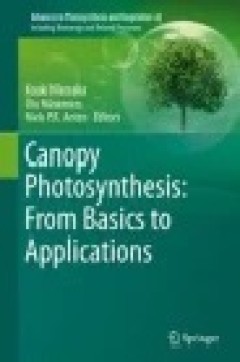
Canopy Photosynthesis: From Basics to Applications
The last 30 years has seen the development of increasingly sophisticated models that quantify canopy carbon exchange. These models are now essential parts of larger models for prediction and simulation of crop production, climate change, and regional and global carbon dynamics. There is thus an urgent need for increasing expertise in developing, use and understanding of these models. This in tu…
- Edition
- -
- ISBN/ISSN
- 978-94-017-7291-4
- Collation
- -
- Series Title
- -
- Call Number
- 571
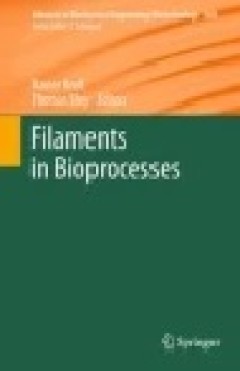
Filaments in Bioprocesses
This book review series presents current trends in modern biotechnology. The aim is to cover all aspects of this interdisciplinary technology where knowledge, methods and expertise are required from chemistry, biochemistry, microbiology, genetics, chemical engineering and computer science. Volumes are organized topically and provide a comprehensive discussion of developments in the respective f…
- Edition
- -
- ISBN/ISSN
- 978-3-319-20511-3
- Collation
- X, 364
- Series Title
- Advances in Biochemical Engineering/Biotechnology
- Call Number
- -
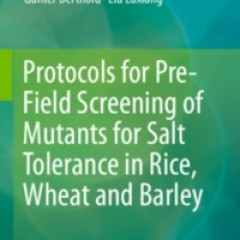
Protocols for Pre-Field Screening of Mutants for Salt Tolerance in Rice, Whea…
This book offers effective, low-cost and user-friendly protocols for the pre-field selection of salt-tolerant mutants in cereal crops. It presents simple methods for measuring soil salinity, including soil sampling and the analysis of water-soluble salts, and describes a detailed, but simple, screening test for salt tolerance in rice, wheat and barley seedlings, which uses hydroponics. The prot…
- Edition
- -
- ISBN/ISSN
- 978-3-319-26590-2
- Collation
- X, 37 halaman
- Series Title
- -
- Call Number
- 630 BAD p
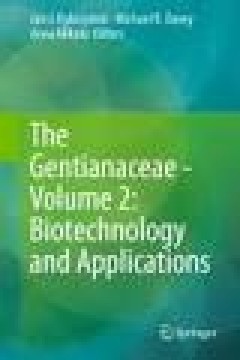
The Gentianaceae - Volume 2: Biotechnology and Applications
This book, the second of two volumes on the Gentianaceae, is devoted to aspects of biotechnology and their applications. It consists of 18 chapters and covers micropropagation by means of organogenesis or somatic embryogenesis, and single cell manipulation of various species belonging to the horticultural genera Blakstonia, Centaurium, Gentiana, Gentianalla and Swertia. Furthermore, the applica…
- Edition
- 1
- ISBN/ISSN
- 978-3-642-54102-5
- Collation
- XXVIII, 452, 91 b/w illustrations, 37 illustrations in colour
- Series Title
- The Gentianaceae - Volume 2: Biotechnology and Applications
- Call Number
- -
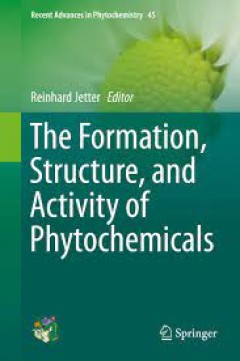
The Formation, Structure and Activity of Phytochemicals
This text provides both review and primary research articles for a broad audience of biologists, chemists, biochemists, pharmacologists, clinicians and nutrition experts, especially those interested in the biosynthesis, structure, function and/or bioactivity of plant natural products. Recurring themes include the evolution and ecology of specialized metabolites, the genetic and enzymatic mechan…
- Edition
- 1
- ISBN/ISSN
- 978-3-319-20397-3
- Collation
- XIII, 209
- Series Title
- Recent Advances in Phytochemistry
- Call Number
- -
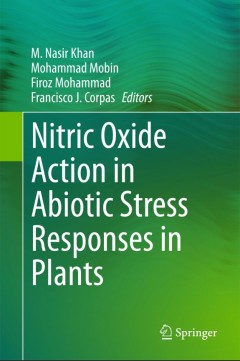
Nitric Oxide Action in Abiotic Stress Responses in Plants
This book offers an up-to-date review of the regulatory role of nitric oxide (NO) changes in the morphological, physio-biochemical as well as molecular characteristics of plants under abiotic stress. The first of two parts comprises four chapters and focuses on the properties, chemical reactions involving NO and reactive nitrogen species in plants. The second part, consisting of eleven chapters…
- Edition
- 1
- ISBN/ISSN
- 978-3-319-17804-2
- Collation
- XII, 252
- Series Title
- -
- Call Number
- -
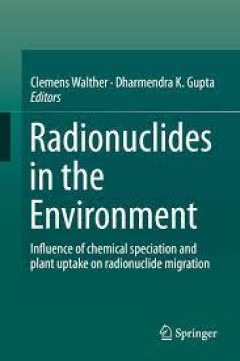
Radionuclides in the Environment Influence of chemical speciation and plant …
This book provides extensive and comprehensive information to researchers and academicians who are interested in radionuclide contamination, its sources and environmental impact. It is also useful for graduate and undergraduate students specializing in radioactive-waste disposal and its impact on natural as well as manmade environments. A number of sites are affected by large legacies of was…
- Edition
- -
- ISBN/ISSN
- 978-3-319-22171-7
- Collation
- -
- Series Title
- -
- Call Number
- -

GTPases Versatile Regulators of Signal Transduction in Plants
G proteins are the key regulators for a wide range of cellular processes in animals and plants. In comparison to animals and yeast, plants have a single Rho-GTPase subfamily called Rho-like GTPases (ROPs). The ROP family of monomeric GTPases has emerged as a versatile and key regulator in plant signal transduction processes. During the past few years’ studies on plant RHO-type (ROP) GTPase ha…
- Edition
- -
- ISBN/ISSN
- 978-3-319-11611-2
- Collation
- -
- Series Title
- -
- Call Number
- -

Effects of Herbicide-Tolerant Crop Cultivation Investigating the Durability …
Overall, this work identifies key points to be taken into account when drawing up guidelines that govern the use of herbicide-tolerant (HT) crops in order to preserve the effectiveness of this innovation over time. This multidisciplinary expert report, based on an international literature review, assesses the effects of the cultivation of crops possessing HT traits. HT crops may appear to be u…
- Edition
- -
- ISBN/ISSN
- 978-94-024-1007-5
- Collation
- -
- Series Title
- -
- Call Number
- -
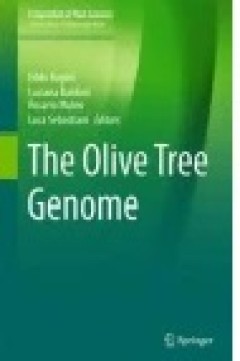
The Olive Tree Genome
The individual chapters discuss genetic resources; classic and modern breeding methods for providing new olive cultivars; the genotype x environment interactions determining the response to biotic and abiotic stresses; fruit metabolism related to oil production and the synthesis of health beneficial molecules; the mapping of genes and quantitative trait locus; and genomic, transcriptomic and pr…
- Edition
- -
- ISBN/ISSN
- 978-3-319-48887-5
- Collation
- XI, 193
- Series Title
- Compendium of Plant Genomes
- Call Number
- -
 Computer Science, Information & General Works
Computer Science, Information & General Works  Philosophy & Psychology
Philosophy & Psychology  Religion
Religion  Social Sciences
Social Sciences  Language
Language  Pure Science
Pure Science  Applied Sciences
Applied Sciences  Art & Recreation
Art & Recreation  Literature
Literature  History & Geography
History & Geography